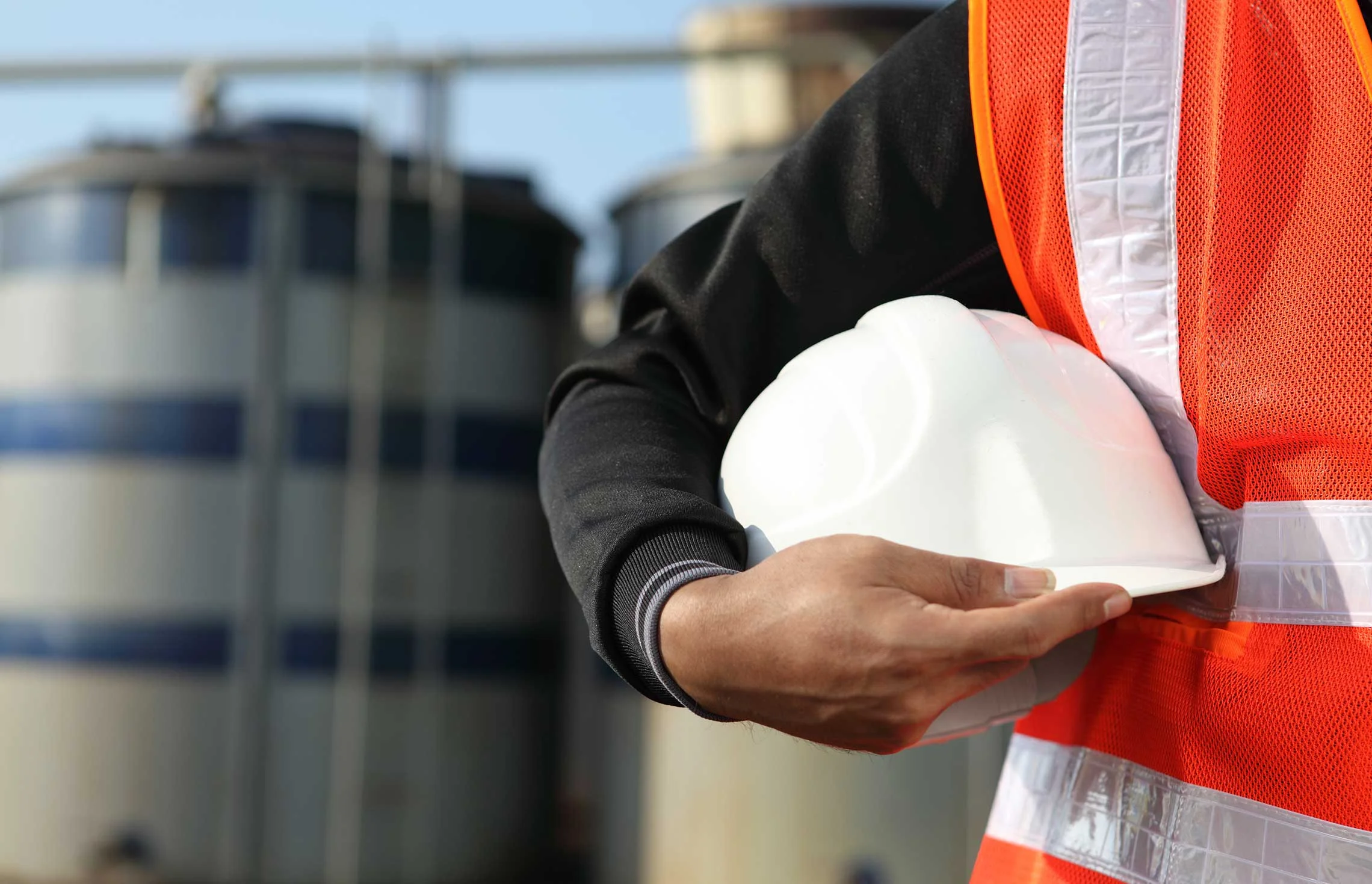Have you ever heard the phrase "to die for", sometimes used in reference to fashionable clothes? It kind of takes a different meaning when you're talking about the potential hazards the wrong clothes could pose in your work environment. What you wear to work may cause you to be injured!
The fact is the clothes you wear to the job site can affect your safety and the safety of co-workers. A simple example is the length of your pants. If they are too long you can easily catch your heel in them stepping down some stairs or out of a vehicle and trip yourself.
Although you don’t see very many public works employees wearing ties that can get caught in machinery, you do see a lot of long sleeves which can pose the same threat as a tie. If your sleeves are long, keep them buttoned at the wrist. Don’t roll them up or leave them loose. Keep your shirt tucked in and your belt tight. It might sound like silly information, but a lot of people have been seriously maimed and even killed because their shirt got caught in machinery. Also it is not a good idea to wear gloves around moving machinery. If you work around vegetation that is toxic like poison ivy, etc., it is a good idea to wear long sleeves and gloves. Remember to wash your hands immediately after contact and wash your clothes separately from the rest of your laundry immediately after taking them off.
Be aware of your shoes. Make sure they are in good condition and are suited for the job you are doing. Tennis shoes and sandals or other open-toed shoes should never be worn on the job if you do field work. Good leather work boots with rubber soles are best. Steel or fiberglass toes and a fiberglass shank in the sole are often requirements and always a good idea. In cold weather, rubber boots should be worn with woolen inner boots or heavy woolen socks. Never work in boots or shoes that are wet through (soaked).
Keep your clothes clean. Clothes that are dusty and greasy can cause skin irritations, distracting you from your work and safety awareness. Clothes that have been in contact with grease, oil, or other potentially flammable materials may catch fire from a spark or cigarette.
For keeping warm, wool is about the best fabric. Two layers of lightweight wool are warmer than one very heavy layer. Wool absorbs perspiration but if it gets soaked the best thing to do if you don’t have a change of clothes is to keep moving. Wool gloves are also warmer than leather or cotton gloves. In cold weather, wear wool-lined leather gloves if you need protection from cuts and abrasions.
If you are in cold weather don’t play Mr. Macho or Ms. Cool by not wearing enough to keep warm. You are most likely to wind up sick if you are not careful. The clothes you wear don’t create heat; they retain the heat of your body. Make sure that your gloves, shoes, collars, and belts are loose enough to allow circulation. And if you don’t have enough to keep warm, in an emergency wrap paper around you chest inside your shirt as a windbreaker.
Instead of "dress for success" think "dress for SAFE success"!


